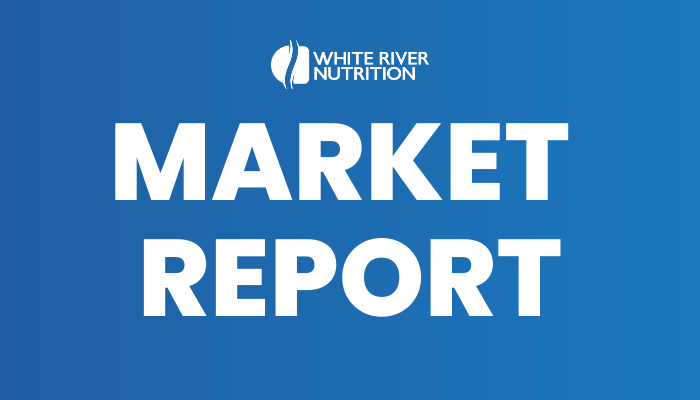
Walter Cronin, White River’s President & Co-Founder, provides market commentary in his latest Market Report.
October 10, 2024
The inability of the U.S. soybean processing industry to produce adequate supply to meet domestic and global soybean meal demand continues to confound many market observers and traders which has led to a spike in volatility in the physical markets (cash basis) as well as the futures market. The stage is set for a dynamic trade over the next six months when new crop South American supplies come online. Why are so many participants getting the supply and demand story wrong and what are they missing in their calculations?
The most significant miss comes from the college of agricultural statisticians and forecasters (they will go unnamed) and public equity analysts (primarily those who cover global behemoth oilseed processors Bunge Limited (NYSE:BG) and Archer Daniels Midland (NYSE:ADM)) who uniformly projected excessive U.S. soybean meal supplies brought on by an expansion of U.S. soybean crush capacity. The analysts also predicted that the normalization of Argentine soybean production and resulting product (meal and oil) availability for global markets following an epic drought two years ago would prevent U.S. export competitiveness. To be fair to all, the month of October will feature the largest uptick in new U.S. crush capacity for the 2024/2025 crop year (October 1 start through September 30, 2025), so the soybean meal supply and demand story with the additional capacity coming online will still play out over the coming months. The U.S. soybean meal market needs the additional capacity right now as the conclusion to the 2023/24 product marketing year features all the signs of a market with demand overwhelming supply: an inverted futures curve, a nearly empty futures market delivery window, and a sharply inverted physical basis (more on this later).
Read The Full Report